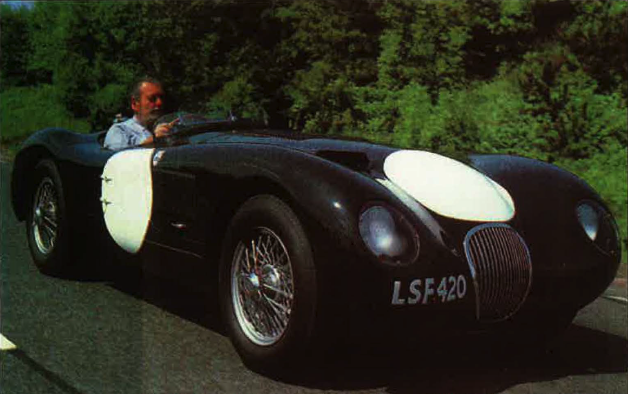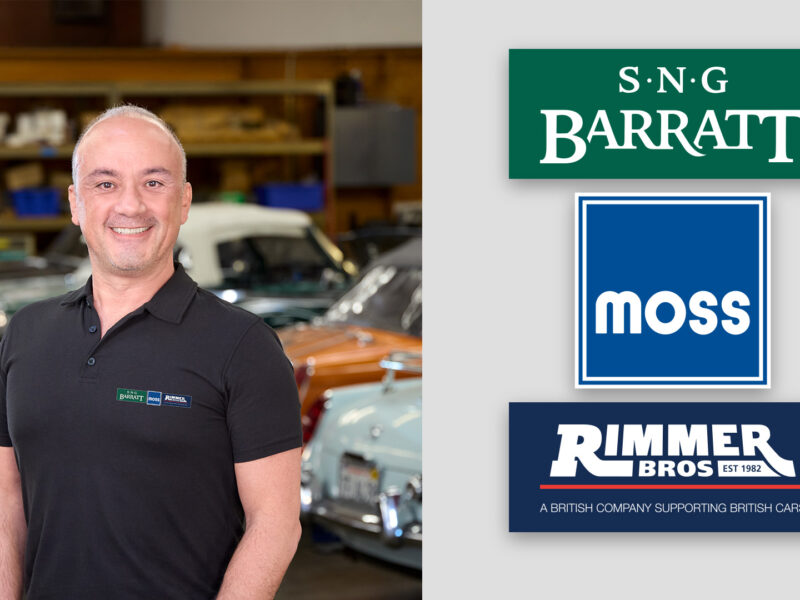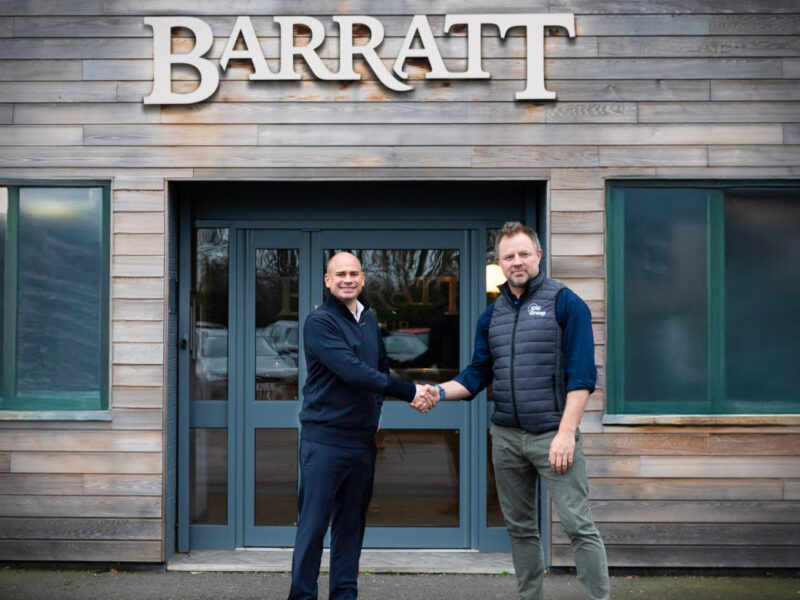By Harry Newton
At the Louis Vuitton Classic in New York a couple years ago, a Jaguar XK120 C-Type was one of the 50 diverse world-class vehicles exhibited. The C Jag has been one of my personal favorites ever since the early 1950s, when I first saw Gordon MacKenzie competing, appropriately attired in his clan’s tartan kilts. In those days before rollbars and Nomex, sports car racers were allowed considerable latitude when it came to safety equipment and personal livery.
The Jaguar shown at Rockefeller Plaza was the very car that had been driven to overall victory at Le Mans in 1953 by Duncan Hamilton and Tony Rolt, both of whom were instantly elevated to a status that combined the best qualities of Robin Hood, Dragon-slayer, and Archbishop. Some 45 years after its most famous win, Hamilton’s Jaguar remains in the family, now owned by Hamilton’s son, Adrian, a definite chip off the old block.
Duncan Hamilton is gone now, to the great road racing circuit in the sky. His son, Adrian, has continued the family business as a purveyor of thoroughbred cars to an international clientele. And, like his father, Adrian has considerable style. Following the 1998 Monterey Historics festivities, a copy of Touch Wood!, Duncan’s autobiography, arrived in the mail. I read it in a short two days.
Not merely a chronicle of one man’s automotive addiction, Touch Wood! provides an introspective cross-section of the lifestyle of the comfortably well-off in the years preceding, during, and after WWII. Born in Ireland and raised in the shadow of England’s famous Brooklands racing facility, Duncan Hamilton was the prototypical gentleman sportsman. Adventure is where one finds it, and for Duncan Hamilton, that meant motorsports. It should be noted, though, that he also made his mark as an aviator, skier, and yachtsman, at one point keeping his black-hulled 120’ ketch in the Mediterranean.
Four years after his first competition, at Prescott Hill in 1946 at the wheel of the ex-Sir Malcolm Campbell R-Type MG, Duncan raced a Nash-powered works Healey at Le Mans, where he and Tony Rolt finished a most creditable fourth overall. He again drove for Donald Healey the following year and would compete in that most famous of endurance races seven more times before hanging up his helmet and goggles in 1959.
During his first four years as a racer, Hamilton had graduated from the MG to a series of potent pre-war cars, including a Bugatti 35B and a Maserati 6CM of his own. In addition to driving privately owned cars, he raced for several works teams, including Healey, HWM, and Jaguar, for whom he first raced at Le Mans in 1952. Touch Wood! is filled with vignettes describing the former Royal Navy aviation officer’s enthusiastic participation in the social aspects of motor racing, just as was the case with on-track competition. In fact, much of Touch Wood! is devoted to anecdotes of escapades involving drivers and crews in the pubs and hotels of Europe—at Zandvoort, Berne (the Swiss GP was still in business at that time), the Nurburgring, and Goodwood, to name just a few venues.
And, while mortality was obviously on Hamilton’s mind when he wrote his memoirs, he managed to put danger into an acceptable perspective. For example, when writing about the 1950 Swiss GP, where the great Achille Varzi and a lesser-known driver, Kautz, lost their lives, he went on to report that his friend George Abecassis “failed to finish. A telegraph pole got in his way and removed the back of the Alfa and one of its wheels.”
One gets the impression that Hamilton viewed racing as an activity something akin to foxhunting or golf, an excuse for persons with similar tastes (and resources) to have a jolly good time, with the results merely a means to keep score. When he finished third overall at Silverstone in 1951, at the wheel of his just-purchased XK120, Duncan rationalizes that the two cars that beat him to the checkered flag both were factory-prepared XKs, piloted by Stirling Moss and motorcycle racer Charlie Dodson. He seems to have enjoyed other drivers’ good performances as much as he did his own, and his admiration of the vehicles and his knowledge of their provenances bordered on encyclopedic. Even when injured, sometimes quite severely, there was no self-pity; such was part of the price one paid for the privilege of competing in so fine a sport.
Though best known for his fine drives in C- and D-Type Jaguars, Duncan Hamilton actually was what today might be called an equal opportunity racer. Cooper, Maserati, Ferrari, Talbot-Lago, and E.R.A. were all marques associated with the Duncan Hamilton style. It came as something of a surprise to learn that the well-traveled international driver raced only once in the U.S., in a Jaguar at Sebring in 1956. Brake failure ended the day for Duncan and co-driver Ivor Bueb, but still his anecdotes about revelry in New York and Miami watering holes make it clear that he didn’t consider it a wasted trip.
The deaths of Peter Collins, Stuart Lewis-Evans, and Peter Whitehead in the latter half of 1958 weighed heavily on Duncan Hamilton. When Mike Hawthorne was killed in a road accident that December, Hamilton came to the realization that the time had come to call it quits. Even retirement from racing was cause for yet another party; this one was held at the Royal Thames Yacht Club and was attended by many of the friends made during his years of competition driving. We can presume that yacht racing was pursued with the same dedication and bon homme.
More than a chronology of a man’s life, Touch Wood! is a celebration of his pursuit of a career in motorsports. It might be said that Duncan Hamilton’s motto could have been taken from one of Frank Sinatra’s best-known songs: “I Did it My Way.”








'At Full Chat: Spring 2000' has no comments
Be the first to comment this post!